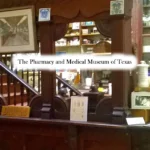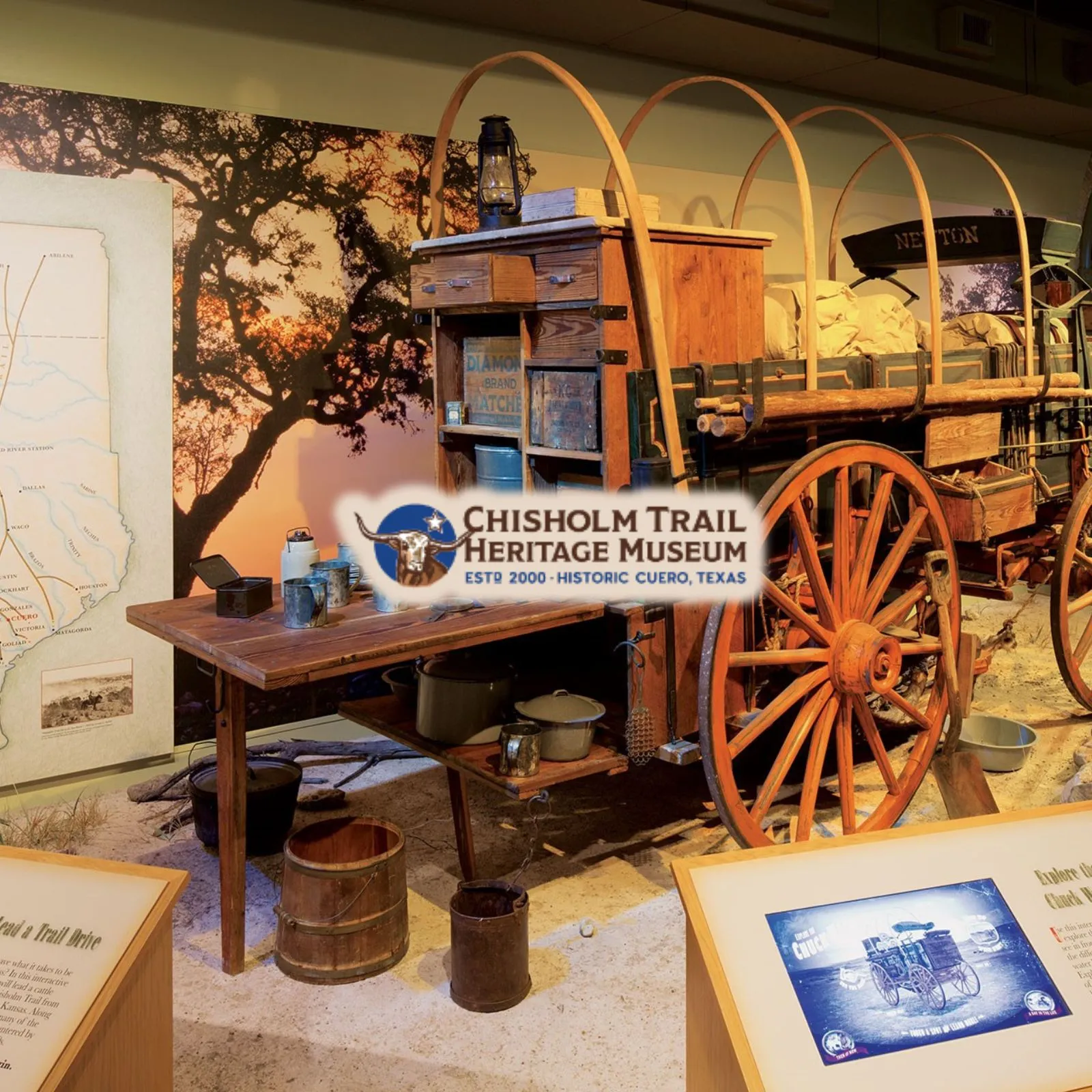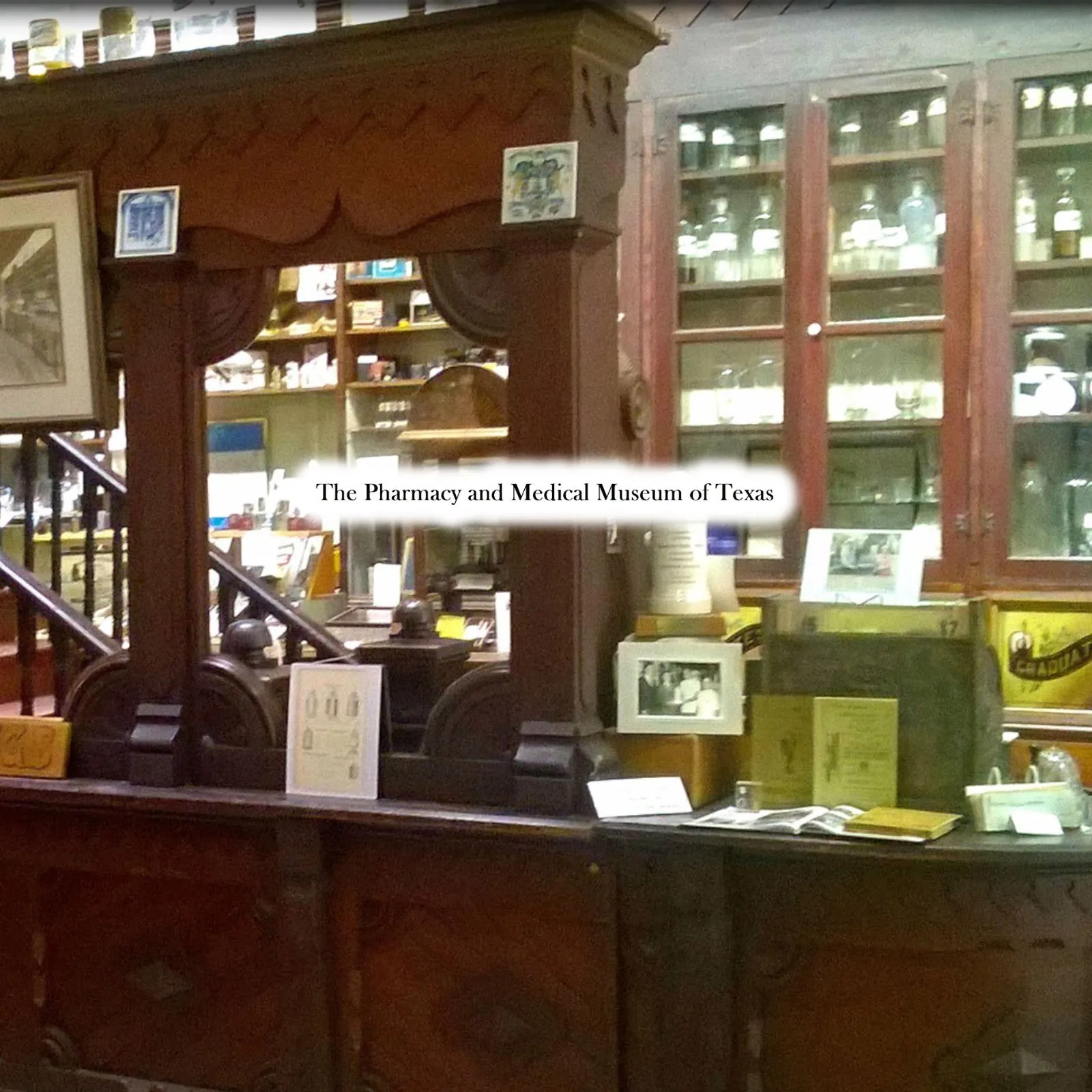The Rich Tapestry of Cuero, Texas: Chronicles of a Town Steeped in Tradition and Triumph
Nestled in the verdant plains of DeWitt County, Cuero, Texas, stands as a beacon of history and heritage in the heart of the state. From its early days as a bustling settlement to its evolution into a modern community while retaining its unique character, Cuero’s story is one of resilience, community spirit, and unabashed Texan pride. This exploration delves into the annals of Cuero’s past, uncovering the milestones that have shaped this charming town into what it is today—a vibrant testament to Texas’s rich cultural and historical landscape.
The Origins: Native American Inhabitants
Before European settlers arrived, Cuero’s land was inhabited by various Native American tribes. The Karankawa, Tonkawa, and Comanche tribes were among those who roamed this region, using its fertile plains and rivers for sustenance.
- The Karankawa Tribe: Known for their strength and height, they were formidable hunters and gatherers along the Gulf Coast.
- The Tonkawa and Comanche Tribes: These nomadic tribes also frequented the area, hunting buffalo and setting up temporary camps along rivers.
The rich cultural heritage of these tribes left a lasting impact on the region, and their traditions and artifacts have shaped Cuero’s identity.
European Exploration and Spanish Influence
In the 1700s, Spanish explorers began venturing into present-day Texas, marking the beginning of European influence in the area. As Spanish settlers arrived, they sought to claim lands across Texas for the Spanish Empire.
- Spanish Missions: Although no missions were established in Cuero directly, nearby missions impacted local tribes and the cultural development of the region.
- Land Grants: Spanish land grants led to the establishment of ranching and agricultural practices that would become central to Cuero’s economy.
This era marked the beginning of a transition from a Native American-dominated land to one shaped by European practices.
Mexican Independence and Early Settlements
After gaining independence from Spain in 1821, Mexico controlled Texas, leading to a period of new settlements as the Mexican government encouraged immigration from the United States.
- The Empresario System: The Mexican government issued land grants to individuals, known as empresarios, who encouraged American settlers to migrate.
- Founding of DeWitt Colony: Empresario Green DeWitt established a colony near present-day Cuero in the 1820s, attracting settlers with fertile land and farming opportunities.
Cuero’s foundation is deeply tied to the Mexican period, as settlers built homes and farms in the area, laying the groundwork for future development.
The Republic of Texas and Statehood
The Texas Revolution in 1836 brought a decisive change to the area when Texas gained independence from Mexico and later became a part of the United States. Cuero’s development accelerated as Texas became a state in 1845.
- Republic to Statehood: Texas became the 28th U.S. state, bringing stability and encouraging more settlers.
- Expansion of Settlements: With Cuero’s location on the Texas frontier, more settlers arrived, looking to start farms and ranches on the open land.
The early statehood era laid the foundation for Cuero to become an important agricultural hub.
The Civil War Era and Reconstruction
Cuero, like much of Texas, was affected by the Civil War, as residents took part in the conflict and dealt with its aftermath. Texas joined the Confederacy, and Cuero residents supported the Southern cause.
- Impact of the Civil War: The war disrupted Cuero’s economy, as manpower was sent to battle, and resources were redirected.
- Reconstruction Period: Following the war, Cuero worked to rebuild and transitioned back into economic growth through agriculture.
Although challenging, the post-war period pushed Cuero toward a more industrialized economy and allowed for new social structures to take root.
Cuero’s Boom: The Rise of the Cattle Industry
As Texas cattle drives became a prominent industry in the late 19th century, Cuero found itself in a prime position for growth. Located along the Chisholm Trail, Cuero became a significant stop for cowboys driving cattle to railheads.
- Cattle Drives and Railroads: Cuero’s economy thrived with the development of the Texas and Mexican Railway in 1886, which made Cuero a central hub for cattle.
- Growth of Ranching: Ranches expanded, and Cuero became known for cattle shipping and trade, helping to build wealth in the community.
The cattle industry became Cuero’s economic backbone, bringing prosperity and a boom in population.
The Development of Cuero’s Historic Downtown
With its economic growth, Cuero’s downtown area flourished. The early 20th century saw a surge in beautiful architecture, with buildings that still stand today as part of Cuero’s Historic District.
- Victorian Architecture: Victorian-style buildings, shops, and homes were built, many of which are now preserved and part of Cuero’s charm.
- Community Spaces: Cuero’s downtown became a gathering place with shops, theaters, and markets, showcasing the town’s vibrant community life.
Today, downtown Cuero is a testament to the town’s prosperous past, and many buildings from this period remain in use and well-preserved.
The Turkey Trot Tradition Begins
One of Cuero’s most unique historical events is the Cuero Turkey Trot, a tradition that dates back to 1912 when turkey farmers herded turkeys through town. This event, born out of Cuero’s robust turkey industry, gained national attention and continues as the modern-day Turkeyfest.
- The First Turkey Trot: Started to promote the town’s turkey industry, the event attracted large crowds and media coverage.
- Evolution to Turkeyfest: Today, the Turkey Trot has evolved into the annual Turkeyfest, a multi-day celebration of Cuero’s agricultural roots.
Turkeyfest is one of Cuero’s most cherished traditions, drawing visitors and keeping the town’s history alive.
The Great Depression and World War II
Like the rest of the nation, Cuero faced economic struggles during the Great Depression, but the town’s agricultural base helped it endure. During World War II, many Cuero residents served in the military, and the town contributed to the war effort.
- Economic Recovery: Cuero bounced back after the Depression, with post-war prosperity boosting local business.
- Legacy of Service: Monuments and local commemorations honor Cuero veterans, adding to the town’s historical tapestry.
These years tested Cuero’s resilience, but the town emerged stronger, driven by community unity and pride.
Cuero Today: Celebrating Heritage and Community
Today, Cuero is a town that embraces its past while looking to the future. With a historic downtown, annual festivals, and a close-knit community, Cuero’s modern identity is a celebration of its journey through history.
- Historical Preservation: Efforts to preserve Cuero’s architecture and historical sites allow visitors to step back in time.
- Cultural Events: Annual events like Turkeyfest and Market Days keep Cuero’s traditions alive, celebrating the community’s heritage and contributions to Texas.
Cuero’s ongoing appreciation of its history makes it a beloved destination for both locals and tourists.
Conclusion: Cuero, Texas—A Town Where History Lives On
From its Native American roots and Spanish influences to its role in the Texas cattle industry and modern community celebrations, Cuero, Texas, is a place where history and tradition are celebrated daily. This small town has grown over centuries from a frontier settlement to a vibrant community that honors its past while welcoming the future. Whether you’re exploring Cuero’s historic downtown, attending Turkeyfest, or enjoying the scenic Texas countryside, Cuero offers a warm welcome and a chance to connect with Texas history. Plan your visit to Cuero, Texas, and experience the charm of a town that embodies the spirit of the Lone Star State.











